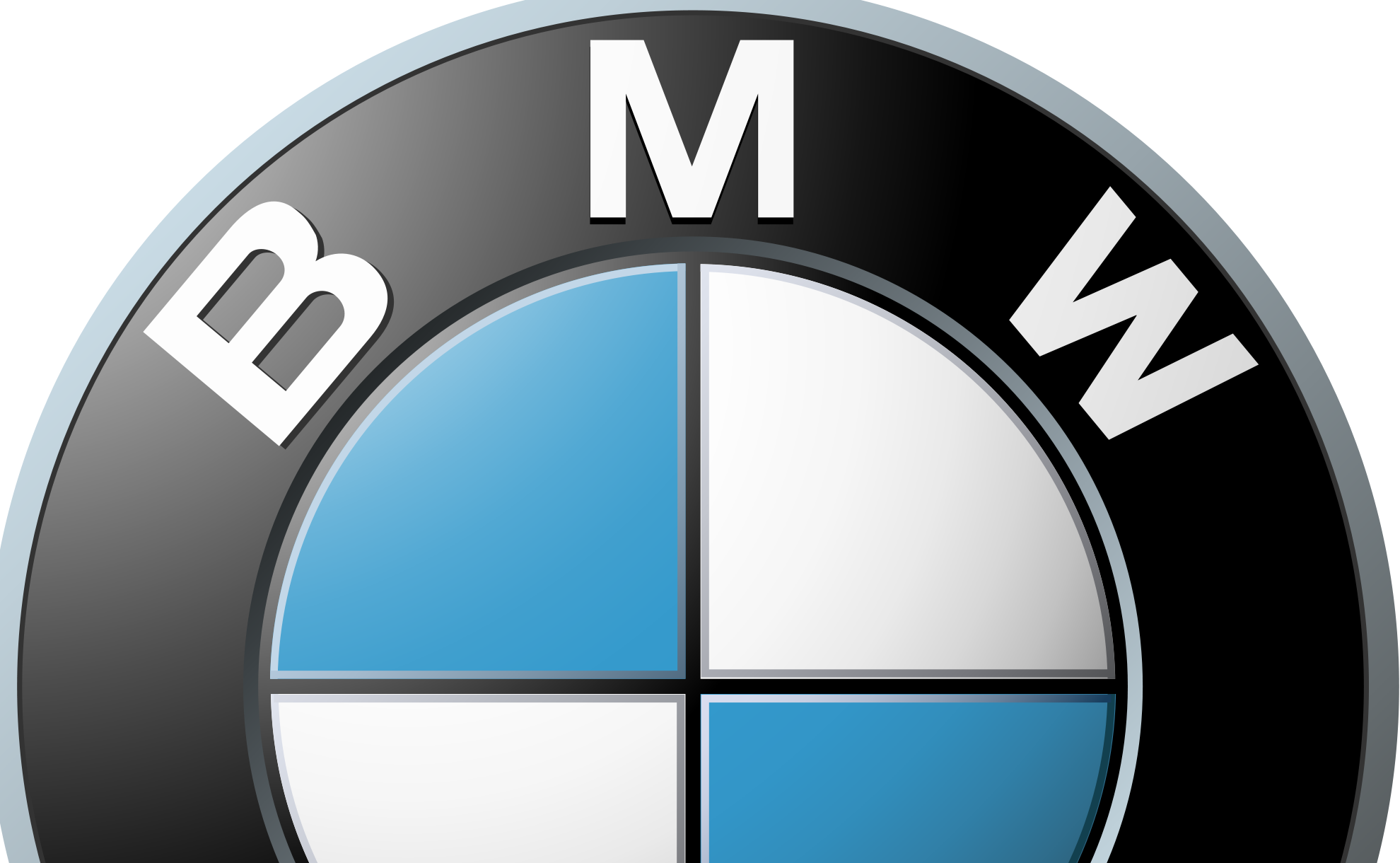
AN ad for BMW has been banned for making the “misleading” claim that its high beam headlight technology prevented oncoming drivers from being dazzled.
The radio ad for the BMW 1 series car said its High Beam Assist technology meant “oncoming traffic is never dazzled and you can keep your hands on the wheel and your eyes on the road”.
The Advertising Standards Authority (ASA) upheld a complaint that the claim was misleading and exaggerated the technology’s capabilities.
BMW UK said High Beam Assist illuminated the road at night with full beam but a sensor located in the rear-view mirror holder monitored oncoming traffic and immediately adjusted the beam when necessary.
The system detected oncoming traffic at up to 1,000m (3,280ft) and traffic ahead by up to 400m (1,310ft) on straight roads.
It was possible that there would be a delay of approximately 600 milliseconds to one second if a vehicle approached from a curve while the sensor detected the lights of the oncoming car and turned down the high beam.
BMW believed the delay was not long enough for oncoming traffic to be dazzled and noted that the Oxford dictionary described ‘dazzle’ as being “if a strong light dazzles you, it is so bright that you cannot see for a short time”.
The ASA said consumers were likely to interpret the “oncoming traffic is never dazzled” as absolute.
It added: “We considered that a second of full beam light could potentially dazzle an oncoming driver at short distances, for example on a sharp bend.
“Because of that, we considered that the claim ‘Oncoming traffic is never dazzled’ had not been substantiated and was misleading.”
It ruled that the ad must not be broadcast again in its current form, adding: “We told BMW to ensure that in future their ads did not exaggerate the capability of the High Beam Assist technology.”
READ MORE
Banned cosmetic surgery advert ‘likely to cause harm’ to teenagers

Enjoy the convenience of having The Sunday Post delivered as a digital ePaper straight to your smartphone, tablet or computer.
Subscribe for only £5.49 a month and enjoy all the benefits of the printed paper as a digital replica.
Subscribe